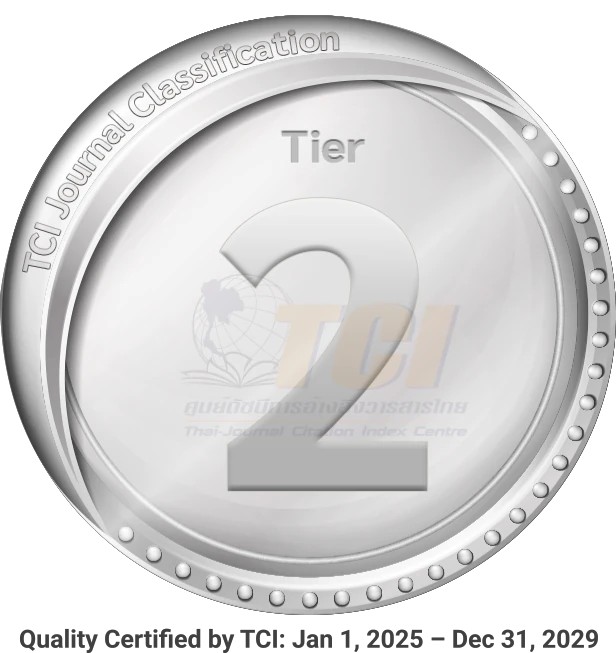The Use of Video Media in Learning Chinese Pinyin of Grade 4 Thai Students
Abstract
This study aimed to compare the learning achievement of grade 4 Thai students before and after the use of video media and to investigate their learning satisfaction towards the use of video media in learning Chinese pinyin. The study was conducted with 60 students (30 in the experimental group and 30 in the control group) in a school in Pathum Thani Province for over four weeks. The quantitative data were collected through a pre-test and a post-test and the qualitative data through semi-structured interviews and peer observation. The quantitative data were analyzed and interpreted using the independent sample t-test at the p˂0.05 level of significance. The qualitative data were analyzed using content analysis. The mean scores for the pre-test in the experimental group and the control group were 13.47 and 13.90, respectively. In contrast, the mean scores of the post-test for the experimental group and in the control group were 26.17 and 22.70 respectively. A comparative analysis of the improvement of the mean scores was done between the two groups. The significance value (p) of the pre-test and post-test mean scores between the experimental group and the control group were 0.34 and 0.02, respectively. This showed that the experimental group made more significant improvements than the control group. The findings from the qualitative data revealed that students were satisfied with the use of video media in learning Chinese pinyin. It is recommended that video media should be used in teaching Chinese pinyin.




